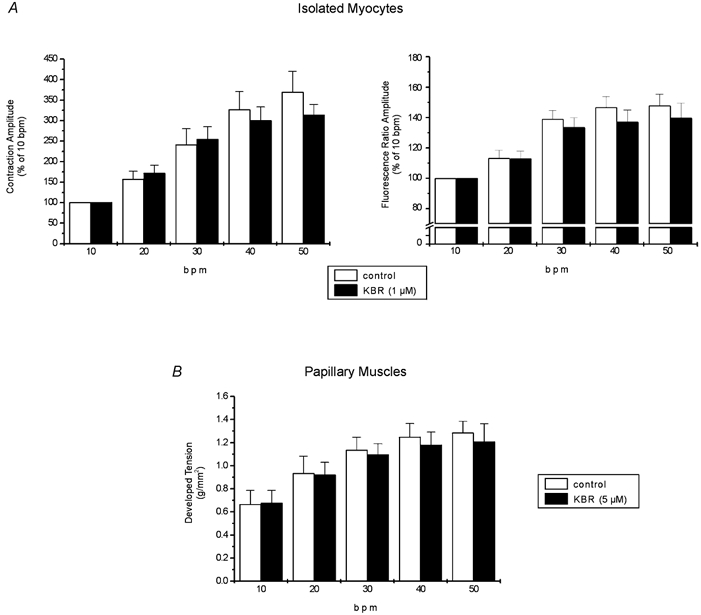Figure 6. Lack of contribution of the reverse mode of the NCX to the stimulation frequency inotropy.

A, overall results of increasing stimulation frequency on contraction and indo-1 fluorescence amplitude in isolated myocytes under control conditions and after administration of 1 μm KBR. Data are means ± s.e.m. of 10 cells expressed as a percentage of the value at 10 bpm. The increase in contraction and CaiT amplitude had a similar magnitude in the absence and in the presence of drug. B, overall results of force-frequency relationship on papillary muscles with (n = 9) and without (n = 5) 5 μm KBR. Data are means ± s.e.m. The increase in developed tension was not statistically different between treated and non-treated muscles. These results exclude a contribution of the reverse mode of the NCX in the frequency-induced positive inotropic effect.
